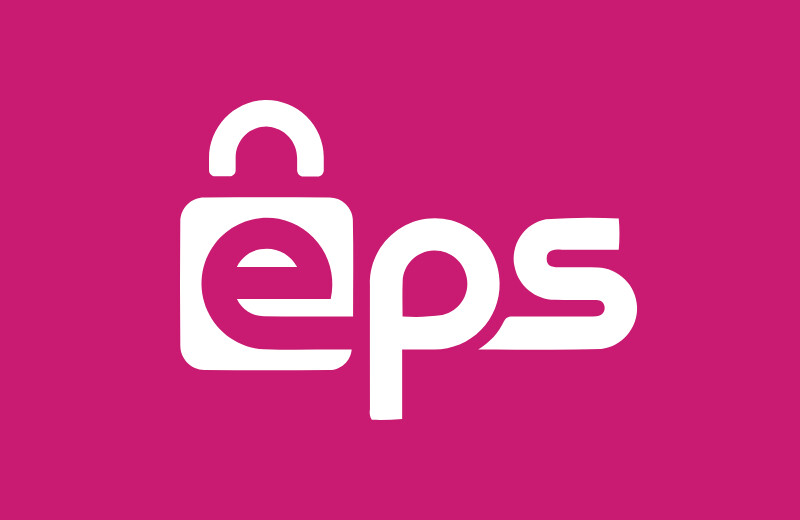
EPS Payment System: An Exhaustive Review of Austria’s Banking Solution
With an increasing reliance on online transactions, finding a secure and reliable payment system is crucial. Austria’s EPS (Electronic Payment Standard) stands out as a leader in this domain. Let’s take an in-depth look at this payment method, its features, benefits, and its position in the global market.
Origin and Evolution of EPS
Introduced in 2001, the EPS system was developed as a joint initiative by the Austrian banks, aiming to provide a unified electronic payment solution for their customers. Over the years, its adoption has grown exponentially, with numerous online merchants and consumers preferring it for its efficiency and security.
Today, EPS has intertwined with many e-commerce platforms, making it a favored choice for online transactions in Austria and beyond. Its seamless integration with online banking accounts of its partner banks has significantly enhanced user experience and trust.
The system’s evolution can be credited to its constant advancements, catering to the ever-changing digital landscape, and ensuring its users remain at the forefront of online payment technology.
Key Features of the EPS Payment System
Security stands paramount with EPS. The system ensures the utmost confidentiality by directly linking the merchant’s checkout page to the user’s online banking interface. This direct link means no sensitive data gets stored or transmitted to third parties.
Another notable feature is its real-time transaction confirmation. Merchants receive immediate payment confirmations, thus facilitating instant services or product deliveries. This real-time processing plays a pivotal role in enhancing user satisfaction.
Advantages Over Other Payment Systems
EPS’s prominence in the e-payment arena can be attributed to the numerous advantages it offers over its counterparts. Firstly, its integration with multiple Austrian banks provides users with a familiar banking interface, ensuring ease of use and trust. This familiarity eliminates the need for users to register or remember additional PINs or TANs, simplifying the payment process.
Moreover, the lack of any transaction charges for consumers and the elimination of chargeback risks for merchants make EPS a cost-effective solution for both parties. Its capability to handle both single and recurring payments further widens its appeal.
Lastly, its collaboration with international payment systems, like the German giropay, extends its reach beyond Austria, making cross-border transactions smoother and more efficient.

Challenges and Limitations
While EPS boasts numerous strengths, it’s essential to address its limitations. Its primary constraint is its geographical focus. Though it has collaborations with international systems, its core user base remains predominantly Austrian. Users outside Austria, without an account in an associated Austrian bank, might find it challenging to leverage EPS’s full benefits.
Furthermore, the merchant adoption rate outside Austria is still in its growth phase. International merchants might offer other global payment solutions, limiting EPS’s utility for cross-border shoppers.
Conclusion: A Robust Payment Solution with Room for Growth
EPS has undoubtedly carved a niche in Austria’s e-payment ecosystem, thanks to its security, efficiency, and strong bank collaborations. While it shines in its home territory, there’s potential for broader international expansion. For Austrians and those with affiliated bank accounts, EPS remains a top-tier payment solution.
